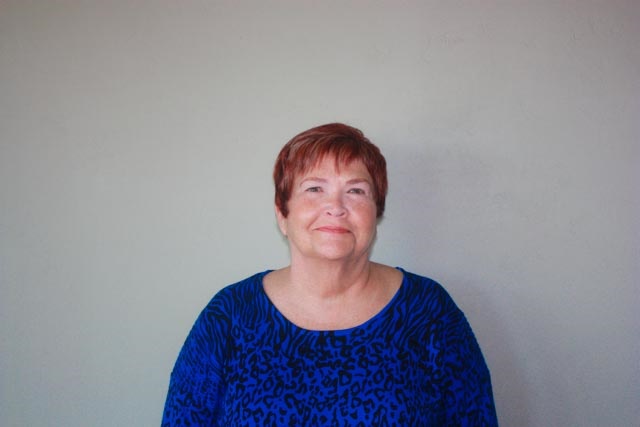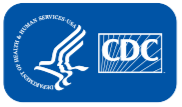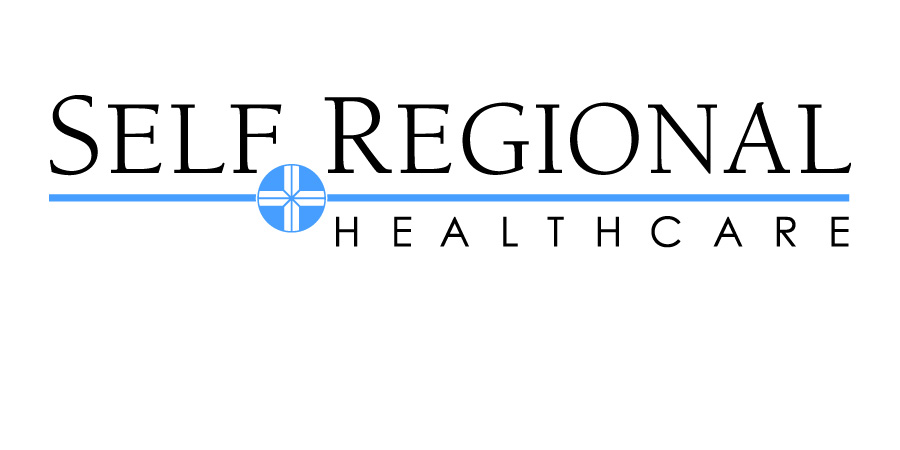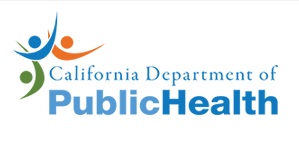Information
-
Document No.
-
Audit Title
-
Client / Site
-
Conducted on
-
Prepared by
-
Location
-
Personnel
Hand hygiene
-
Personnel responsible for environmental cleaning must perform hand hygiene before initial patient environment contact (e.g. before coming into operating/procedure room or patient bed space (admitting and PACU)
-
Personnel responsible for environmental cleaning must perform hand hygiene after potential body fluid exposure (e.g. after cleaning bathroom, handling soiled linen, equipment or waste.
-
Personnel responsible for environmental cleaning must perform hand hygiene after patient environment contact (e.g. after cleaning patient bed space or operating /procedure room; after cleaning equipment such as stretchers; after changing mop heads.
-
Gloves must be removed on leaving each operating /procedure room or patient be space. Personnel MUST CLEAN HANDS AFTER REMOVING GLOVES as gloves to not provide complete protection against hand contamination.
PPE
-
PPE is worn according to Bloodborne pathogen standards when disposing of waste that could result in exposure to bloodborne or other potentially infectious microogranisms and hazardous material.
At the beginning of the day or before the first procedure:
-
Horizontal surfaces, OR procedure lights, OR/procedure room furniture are damp dusted using a lint free cloth dampened with a facility approved EPA registered disinfectant.
Cleaning OR procedure rooms between cases:
-
facility approved EPA registered disinfectant is prepared according to manufacturer's instructions.
-
Hands are cleaned and gloves put on.
-
Waste and soiled linens are collected and removed.
-
Gloves are removed, hands are cleaned and new gloves are put on.
-
Horizontal surfaces that have come in contact with a patient or body fluids (including BP cuffs, anesthesia cart, tourniquets, suction canisters) are cleaned and disinfected with a cloth dampened in disinfection solution.
-
Bed is cleaned and disinfected.
-
Floor is damp mopped 3-4 feet around the bed (larger if contamination present) with a seperate mop head for each case. Floor is allowed to air dry.
-
Gloves are removed, hands are cleaned and new waste liners are inserted.
Terminal Cleaning of OR and Procedure Rooms
-
Terminal cleaning of OR and procedure rooms is completed daily when the scheduled procedures are done for the day. Unused rooms are cleaned daily because of traffic in and out of the room.
-
Mechanical friction and a facility approved EPA registered disinfectant is used to clean the OR and procedure rooms.
-
Hands are cleaned and gloves put on.
-
Waste and soiled linen are collected and removed.
-
Gloves are removed, hands are cleaned and new gloves are put on.
-
Lights, ceiling tracks, exterior surfaces of machines and equipment (e.g. anesthesia carts), furniture, including wheels and castors, suction canisters are cleaned and disinfected with a facility approved EPA registered disinfectant.
-
The bed is broken down and cleaned and disinfected with a facility approved EPA registered disinfectant.
-
Sharps containers are checked and changed with 3/4 full (tops of sharps containers are not dusted)
-
gloves are removed and hands are cleaned.
Other patient care areas and environmental surfaces that come in direct contact with patients - PACU/ Admitting /DWA
-
Between patients, leads and blood pressure cuffs are cleaned and disinfected with a facility approved EPA registered disinfectant.
-
Hands are cleaned and gloves put on.
-
Waste and soiled linen are collected and removed.
-
Chairs in Admitting and beds in PACU are cleaned and disinfected with a facility approved EPA registered disinfectant between patients.
Reprocessing and sterile storage.
-
Shelves, equipment, containers and case carts are cleaned and disinfected with facility approved EPA registered disinfectant daily.











